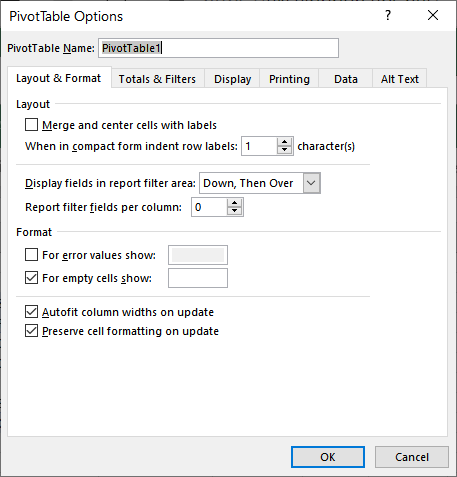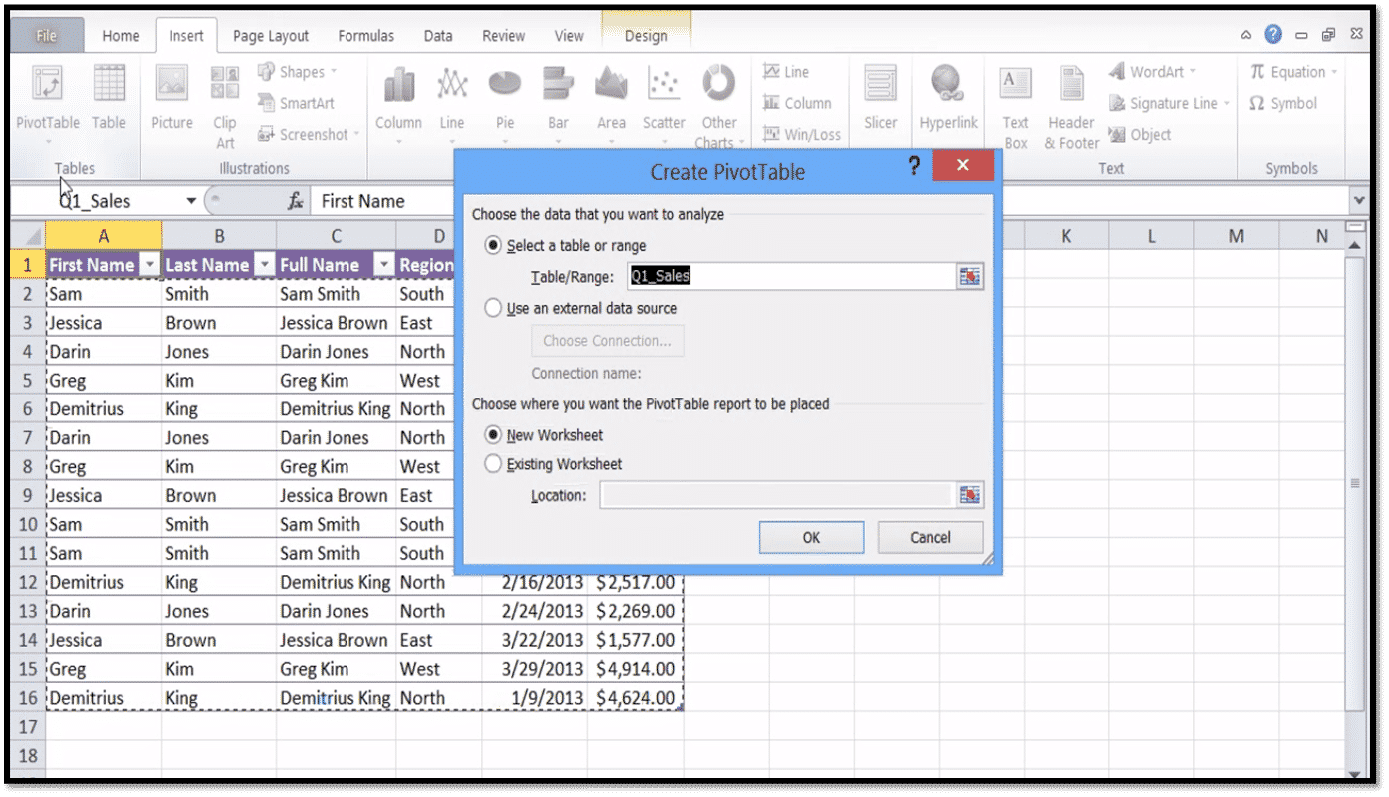

- #How to build pivot tables in excel 2013 how to#
- #How to build pivot tables in excel 2013 professional#
- #How to build pivot tables in excel 2013 download#
You have learnt how to create a pivot table in Excel. Step 8: Experiment with the looks and the results until you are happy with the outcome. Depending on what you want to summarize from your table, you drag and drop the contents of the upper part into one of the four drop zones of the lower part. Step 7: The right side of your Excel pane is now split into two types of fields: the upper one shows your sets of data, and the lower one has four drop zones of reporting. Step 6: Choose “New Worksheet” if you want the Pivot Table to be placed in a separate worksheet, otherwise choose Existing. Step 5: Mark “Use an external data source” if your values were processed by a non-excel application, otherwise leave that field empty. Select the entire range of data you want to be included in the reporting of the Pivot table, including headers. Your pivot table should now appear as follows: Next, choose the fields to add to the report. In this example, we've chosen cells A1 to F16 in Sheet1. Select the range of data for the pivot table and click on the OK button. A Create PivotTable window should appear.


From the Insert Tab, the Tables subsection, click on Pivot Table. In the Tables group, click on the Tables button and select PivotTable from the popup menu. Position your cursor on where you want your Pivot Table to appear. Make sure you have different columns of data with their names labeled on top of their fields. It is called pivot table because you can easily alter its layout and structure, regardless of the data it feeds from. On my Contextures website, go to the AlexJ Sample Files page, and in the Pivot Tables section, look for PT0004 – Change Pivot Table Date Range With Scroll Bar.In this tutorial you will learn how to create pivot table in Excel.Ī pivot table is a particular format of table specific to Microsoft Excel, which will allow you to see a bird’s eye view of a table without you having to create formulas for calculations. Excel Pivot Tables - Updating Data, You have learnt how to summarize data with a PivotTable. You’ll have the best chance of success when the tables have a common field with unique values. Keep in mind that the rows of each table need to be related to each other in some way.
#How to build pivot tables in excel 2013 download#
To see AlexJ’s workbook, you can download his sample file. Using the new Object Data Model feature in Excel 2013, you can cherry-pick fields from multiple worksheets to create a unified PivotTable. The grey cells have formulas that calculate the date range for the report. Here is the Admin sheet, where you can change the settings in the yellow cells.

#How to build pivot tables in excel 2013 professional#
With little effort, you can use a pivot table to build professional reports for large amounts of data. In the screen shot below, the Central region was automatically added to the headings, because it first appears in the November data. Pivot tables are one of the most powerful and useful features in Excel. This technique gives you more flexibility, because you don’t have to set up the row headings manually. Filter the Data With a Scroll BarĪlexJ has created a new version of that file, and he uses a pivot table as the report, instead of creating a static table. If the row headings will change every month, or if you have a larger number of categories, my technique won’t work as well. This technique works well when there are a few static row headings, like the East and West region names, in this example. Here is a screen shot of that summary report, with the scroll bar at the top. There is a pivot table on a hidden sheet, and a summary report uses GetPivotData formulas to pull data from that pivot table. A couple of months ago, I shared an example with a scroll bar that selects the dates for an Excel report.


 0 kommentar(er)
0 kommentar(er)
